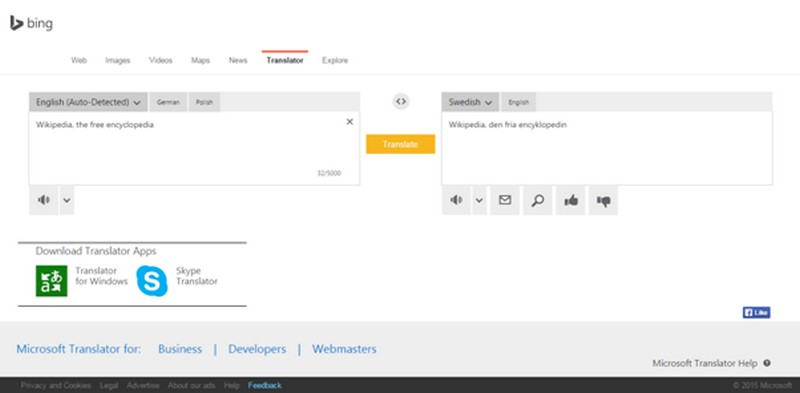How Far Are We from a Real C3P0, an Ultimate Language Translator?
The short answer: still very far.
Many of the technologies envisioned in the Star Wars movie franchise have become a reality or at least have some counterpart devices in current times. The touch-based small communication devices that used to look so advanced in the older Star Wars movies now have a counterpart in the smartphones and tablets. The speeder bike now has a real version in the Hoverbike although it’s still not commercially available. Probe droids are now available in the form of drones, and they can already be purchased even by hobbyists or ordinary citizens. Likewise, prosthetic limbs that come with the ability to feel are already existent.
So how about language translating companion robots similar to C3PO?
C3PO, the Intergalactic Communication Expert
Also known as 3PO and See-Threepio, C-3PO is the ultimate translator in the Star Wars universe. Designed to serve as a protocol or diplomacy companion for human beings, it is a humanoid robot character that is supposed to be fluent in more than six million forms of communication, serving as a reliable robot translator every time humans need to interact with alien races. It is also supposed to be knowledgeable in alien etiquette and customs that it is able to facilitate communications or meetings with non-humans. Language translation is something very important. It’s only logical to expect that it should be one of the technologies prioritized so something similar to C3PO should already exist.
State of Current Language Translation Tech
Google Translate, arguably the most popular auto translator at present, is capable of translating only 90 languages. It is capable of translating texts, speech, and videos from language to another. It may also be able to provide pronunciation audios for some terms in different languages. Google Translate relies on statistical analysis instead of grammatical rules when doing translations. This approach works well with some languages but produces messy translations for others. Google Translate may be reliable for translating words or phrases but still requires a lot of work when doing sentence translations especially when varying nuances and context are involved.
Another popular auto translator is Yahoo! Babel Fish, which eventually became Bing Translator. Powered by the Microsoft Translator, Bing Translator also performs translations using the statistical analysis approach. It is capable of doing translations in 52 languages. It can provide text-to-speech translations for some languages.
Both translators are deemed to be the most advanced at present considering that they are the ones that have been receiving generous funding. They are also being continuously developed in cooperation with different translation and human-computer interface experts from various universities. However, they also share a number of limitations. They are far from perfect. They can produce acceptable translations for some languages but are generally incapable of delivering contextually precise translations most of the time. They are also particularly weak in converting sentences into their proper grammatically correct structure in the target language. Google Translate, in particular, struggles to distinguish between perfect and imperfect tenses in Romance languages. Additionally, Google Translate is bereft of any capability of identifying and properly translating sentences in the subjunctive mood.
It does not help that most translation software available at present are based on the Language1 →English→Language translation. Everything needs to be translated to English first before getting translate to the target language mainly because the people responsible for the development of the software are most fluent in English.
Very Far Road Ahead to a Real C3PO
Current human technology is still very far from achieving something like C3PO. While personal robots and android newscasters have already been created, a robot with the ability to accurately translate over 6 million languages, let alone provide advice on etiquette and customs, is still a remote possibility. The language translation software market is continuously increasing but more needs to be done to develop a translation system that is contextually accurate and comprehensive.
In the face of rapid globalization, everyone is hoping for more significant advancements in the language translation technology. It would be more advantageous if translations can be done more quickly by a machine or device compared to having to rely on a human. Robot or machine translators are portable, offer 24/7 access or availability, and are free from have biases. A real C3PO is something the world can make great use of.

